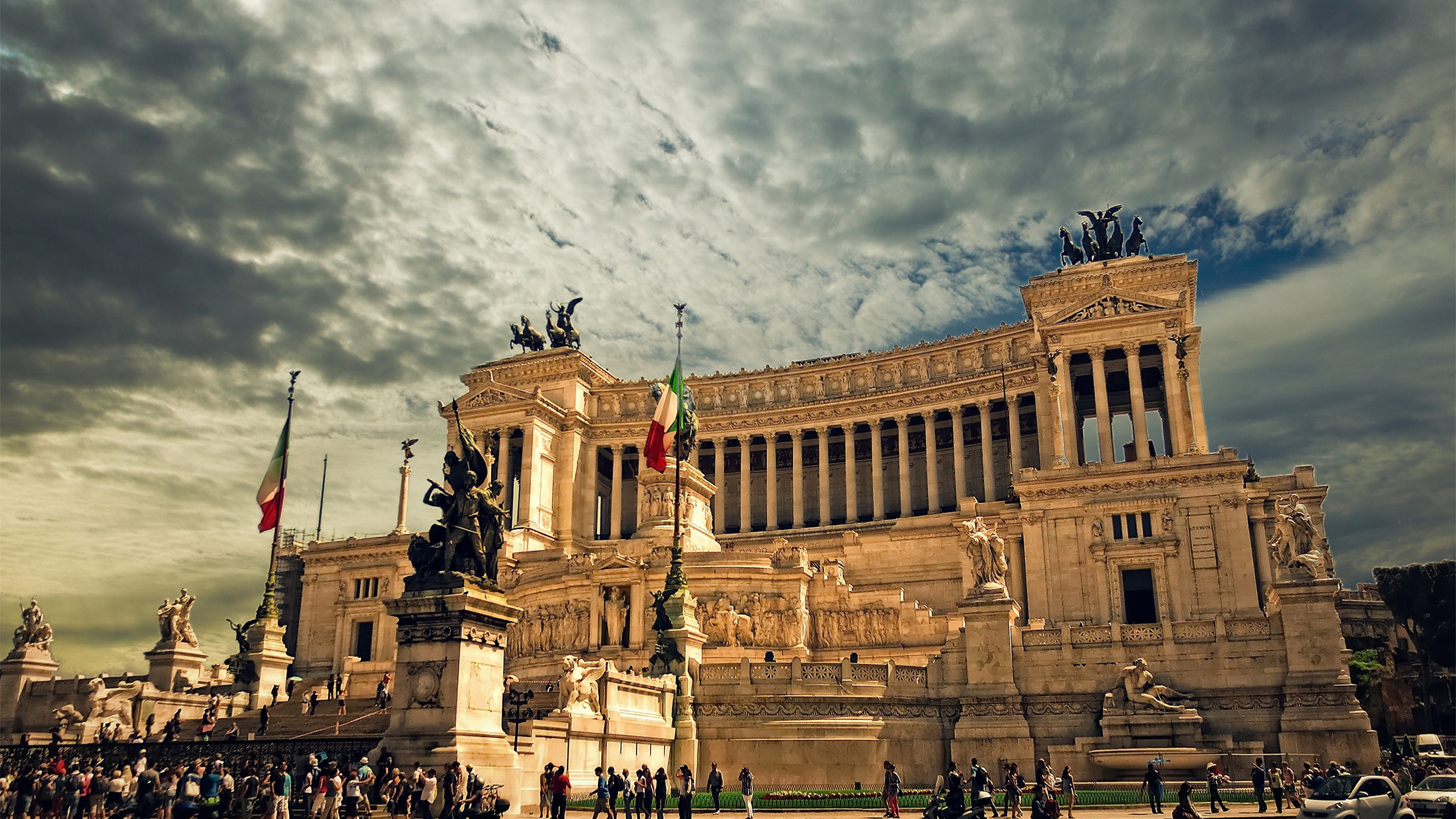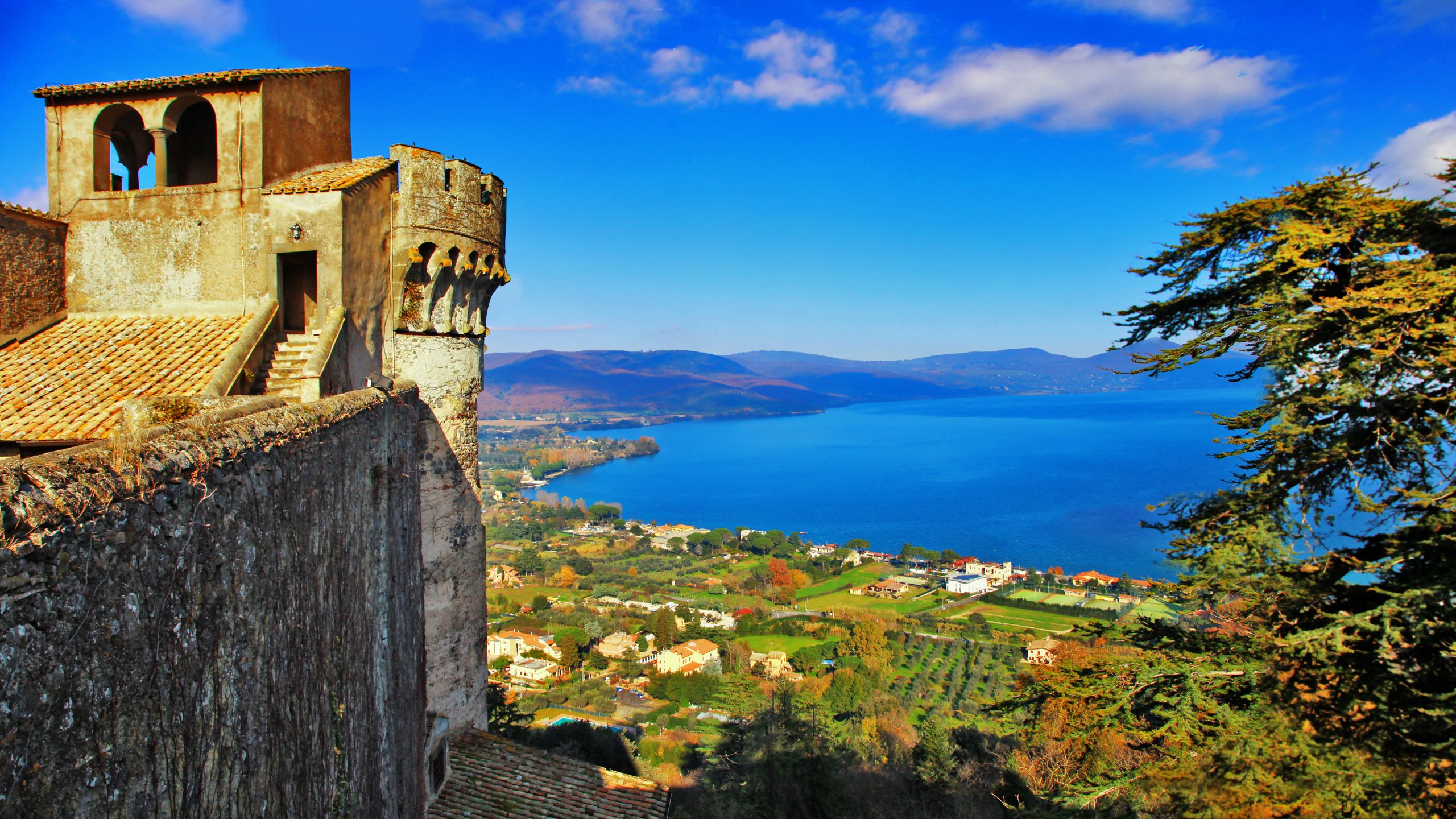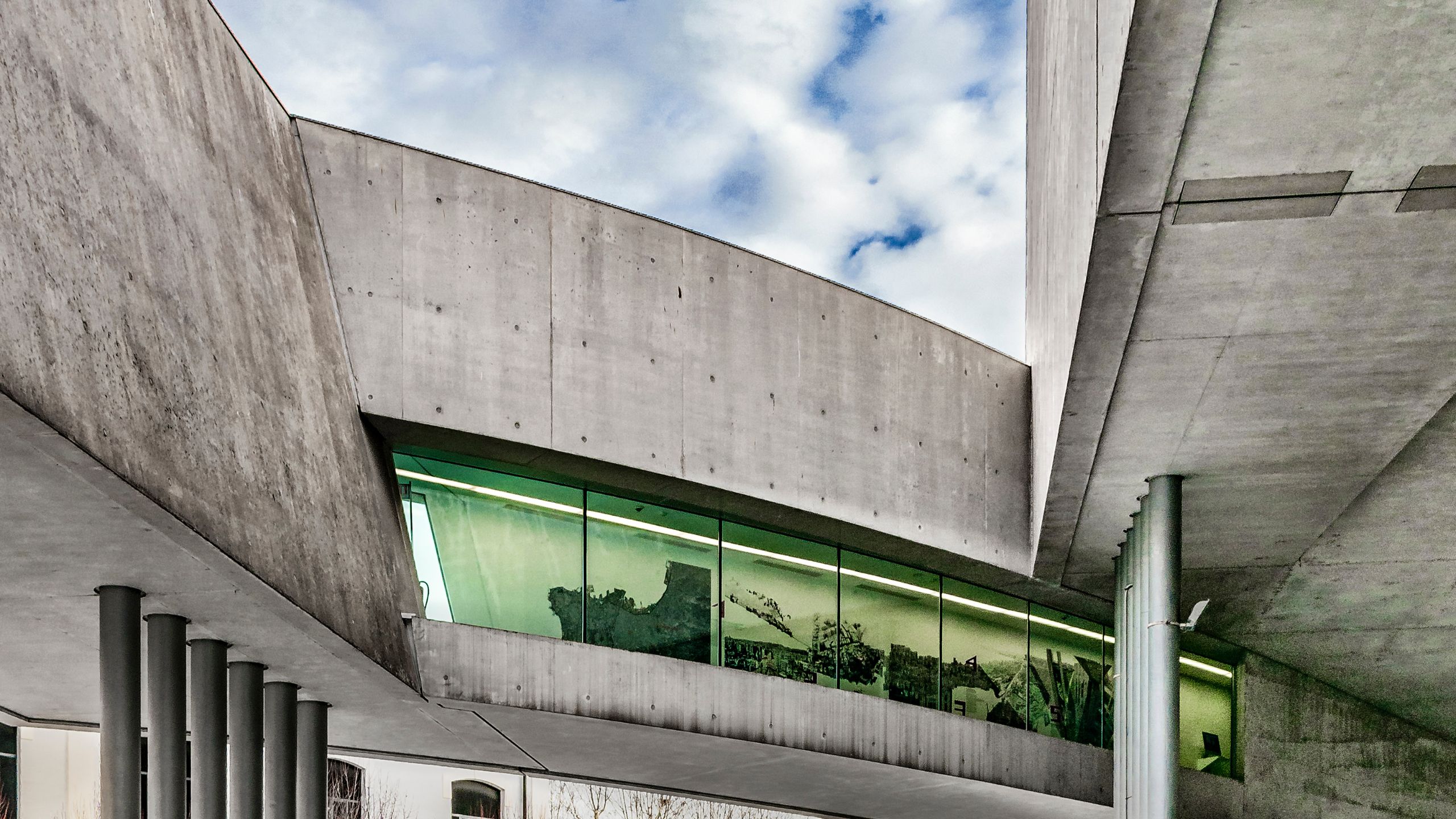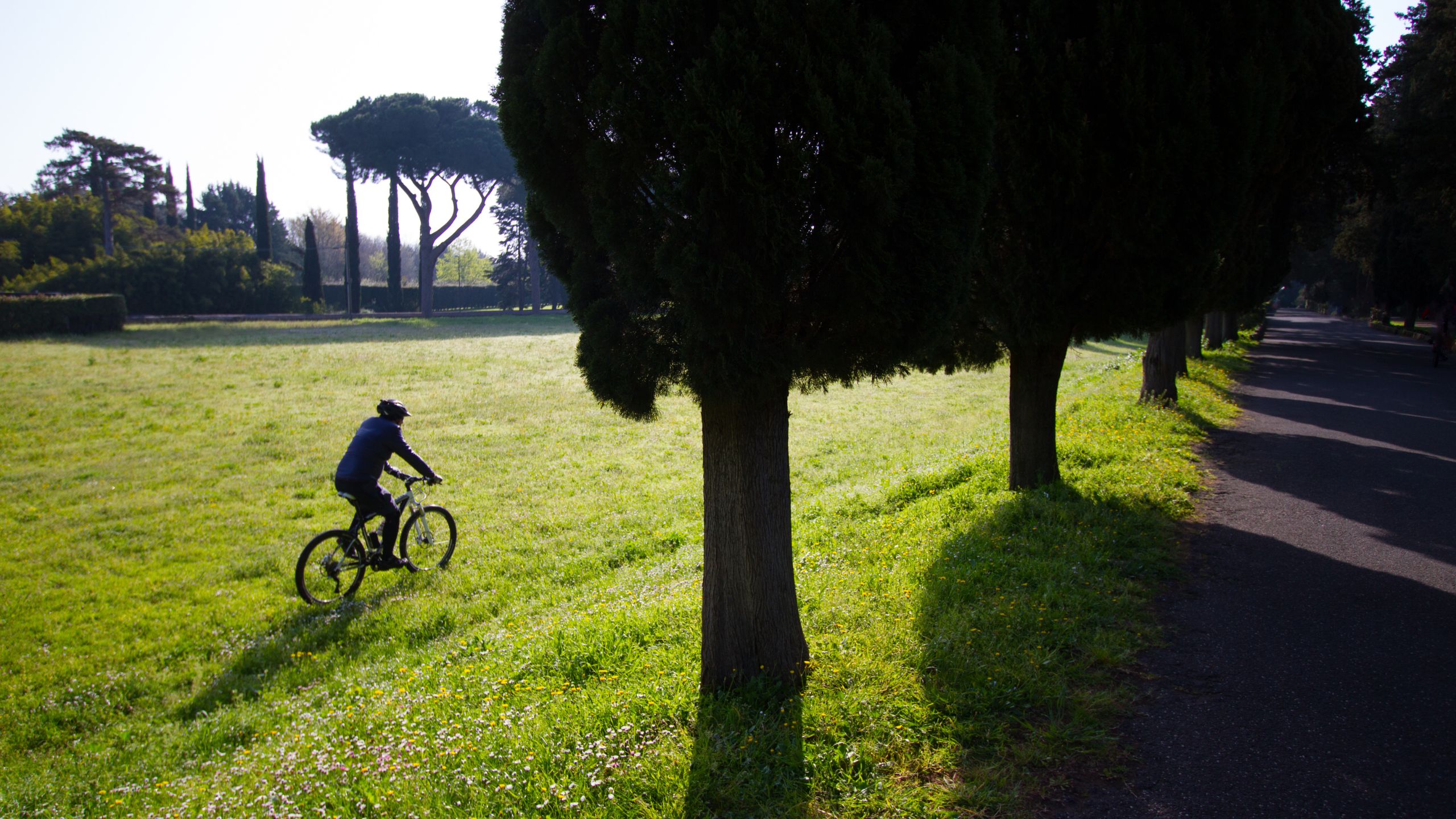Roman Holidays: An unforgettable stay just a stone’s throw from the Imperial Forums
Rome, the eternal city, is the capital of Italy and is at the heart of a thousand-year-old culture that has shaped the world with its art, architecture and sense of civilization. It is a real concentration of history, traditions, culture and art, which attracts tourists and travelers from all over the world at any time of the year.
The city offers a wide choice of points of interest, from the famous Colosseum to the monumental Saint Peter’s Square, passing through the Imperial Forums, Piazza Venezia, the Pantheon, the Trevi Fountain, the Spanish Steps, the Vatican Museums and much more.
In addition, Rome offers a wide selection of food and wine delicacies, such as carbonara, amatriciana, coda alla vaccinara, abbacchio, spaghetti cacio e pepe and pecorino romano, which represent only a part of the vast culinary offer of the city..
A magical experience among the Imperial Forums
If you want to fully immerse yourself in the Imperial Rome in its heyday, when it dictated law in every part of the known world, you can not miss a walk in the evocative Imperial Forums. These places constitute a snapshot of ancient Rome, formed by a series of squares built between the middle of the first century BC and the early second century AD, to celebrate the greatness of some emperors who left an indelible imprint of their power and ideas with the conquered lands.
The history of the Imperial Forums began in 46 B.C. on the orders of the great Roman leader and politician, Julius Caesar, who wanted to build a large square to which he gave his name. However, construction was completed under the reign of Emperor Augustus. The result was a majestic structure with a temple dedicated to Venus in the center, whose ruins are still visible today.
An overview of the Forum of Augustus and Nerva
The Imperial Forums also include other extraordinary buildings commissioned by equally influential figures, as well as the famous square built by Julius Caesar. After the victorious Battle of Filippi, which marked the beginning of a bloody civil war between supporters of the Triumviri and the Republicans, Octavian promised God Mars the construction of a temple in gratitude for the favorable outcome of the war. The temple was erected at a distance of 40 years and its remains are still visible inside the Imperial Forums, in the second square, now known as the Forum of Augustus. Later, a few centuries later, the Forum of Nerva was erected, whose remains, including the entablature and the attic of the so-called "Colonnacce", are still visible today.
Piazza Venezia and the Vittoriano: symbols of Italian grandeur and history
After leaving the Fori Imperiali, you can jump into the 20th century and admire the grandeur of Piazza Venezia and the Vittoriano. The latter is also known as the National Monument to Vittorio Emanuele II, and is an example of modern neoclassical architecture designed by three Italian architects: Ettore Ferrari, Pio Piacentini and Giuseppe Sacconi. The construction of the monument lasted 50 years, from 1885 to 1935, but already in 1911 an unofficial inauguration was held on the occasion of the 50th anniversary of the Unification of Italy. The Vittoriano is a monument of great ethical and cultural value dedicated to the Italian Risorgimento, to the Unity of the Country and to Vittorio Emanuele II, the first ruler of united Italy. The equestrian statue of the king is monumental and dominates the entire square. The structure also houses the Altar of the Fatherland, where the tomb of the Unknown Soldier is located, in memory of those who gave their lives for the Homeland. In this place many ceremonies and important moments of Italian history have been celebrated, such as the Republic Day, the Liberation Anniversary and the National Unity and Armed Forces Day. The square is a mystical place that evokes many crucial episodes of contemporary history. 
An enchanting view of the Imperial Forums and Piazza Venezia
The Imperial Forums and Piazza Venezia represent two iconic areas of Roman architecture, where history and art come together to create a unique experience. However, to fully appreciate the beauty of these areas, we recommend taking advantage of the panoramic location of the Rome with View rooms in Rome. These rooms offer a breathtaking view of the Imperial Forums and the Vittoriano both day and night, thanks to plays of light and colors that make the experience even more impressive. In addition to the view, you can also enjoy delicious dishes of the Roman culinary tradition, while enjoying the historical and cultural importance of the surrounding places. In addition, the Rome with View rooms are a strategic choice for your stay in Rome, as they are within walking distance of the main points of interest, including the Colosseum, Via del Corso and many more.




